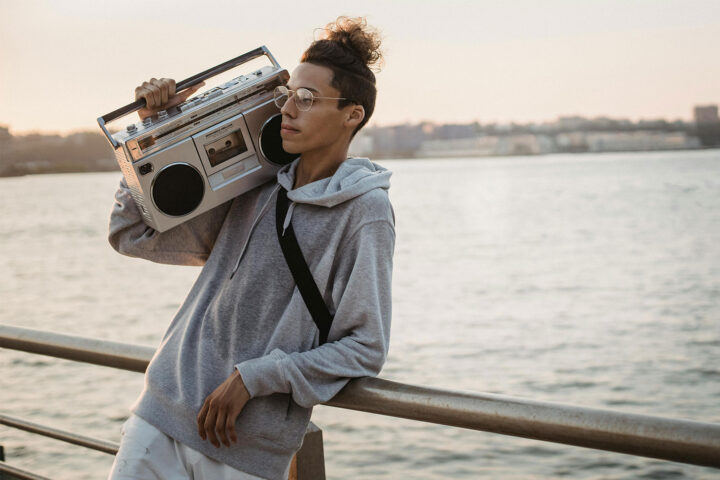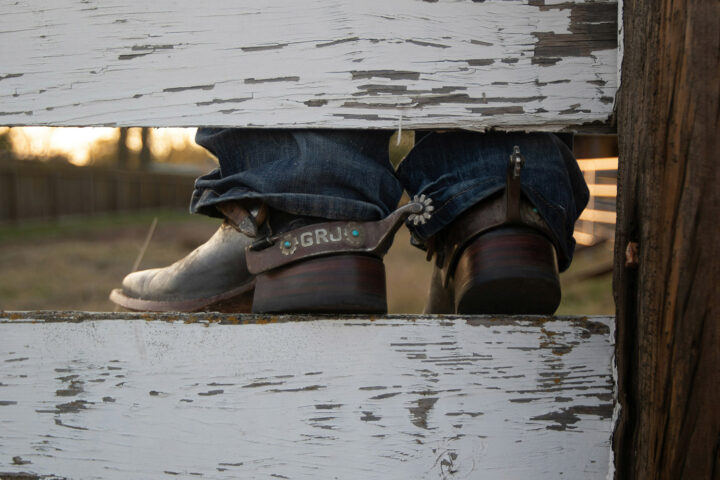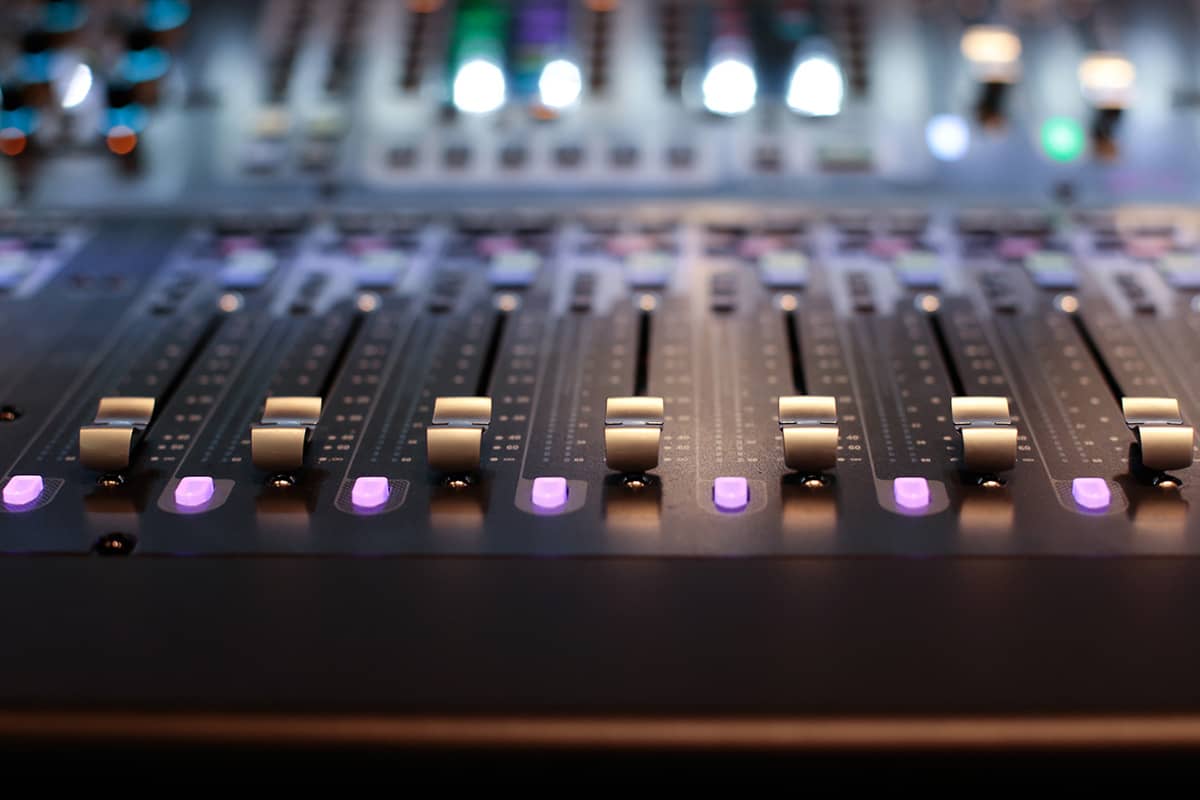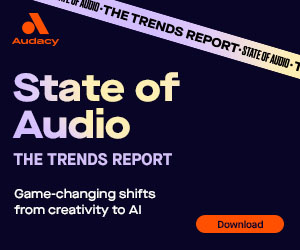When it Comes to Political Advertising, Cast a Winning Bipartisan Vote for Both TV and Radio
You know it’s election season when you turn on your favorite TV show and get bombarded with ads from politicians at every level and from every party. Television has long been the darling of political campaigns. However, a recent study conducted by the Center for Campaign Innovation around the 2021 Virginia governor’s election shows Radio made a significant, efficient difference in message recall.
That’s important because winning an election is about more than reaching potential voters – it’s about how much they remember — and, importantly, what they think of what they remember. And for recall that resonates, today’s candidates and campaigns would be smart to consider an ‘all-of-the-above’ approach to advertising, that includes a healthy investment in Audio in addition to TV and digital.
This was never more clear than in the Virginia governor’s race, where Republican Glenn Youngkin defeated former Democratic Governor Terry McAuliffe in a hard-fought race.
When we look at the tactical deployment of resources by each campaign, one of the biggest drivers for Youngkin’s win just may have been his investment in Audio.
In addition to heavy and consistent spending on TV and digital, Youngkin had the Radio airwaves all to himself for a seven-week period from July to early September. In that time, he cut McAuliffe’s lead in half.
And in this fragmented media landscape, his campaign’s approach combining Radio and digital with TV boosted his results significantly over TV and digital alone.
In September and November, The Center for Campaign Innovation produced a study that highlighted how Youngkin’s investment in Audio paid off. The study showed that Audio created the biggest lift in recall (6 to 7%), as compared to TV (2 to 4%). And Radio amplified TV’s impact. Voters who recalled seeing Youngkin’s TV ads and hearing his radio ads were 6.84% more likely to vote for him than those who did not hear ads on both mediums.

And the return on that investment in Radio was significant. Combined across both campaigns, broadcast and cable TV advertising spending totaled more than $55 million, Facebook advertising alone was close to $3.5 million, but less than $2.4 million went to Radio ads.
Because voters’ attention is so fragmented across so many platforms, reaching and mobilizing them isn’t going to get any easier. With midterm elections just nine months away, campaigns need to pursue a diversified media strategy that incorporates a balanced mix of media, including Audio channels, and continue to meet voters where they are.
That means candidates planning their media budgets on both sides of the aisle would be smart to consider making radio a part of their media mix. As TV’s numbers continue erode, with audiences shifting their attention to ad-free streaming services, Audio remains a cost-efficient and effective means to impact the outcome of a campaign.




